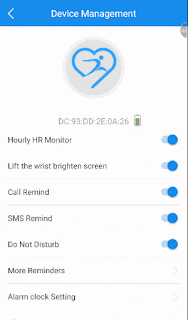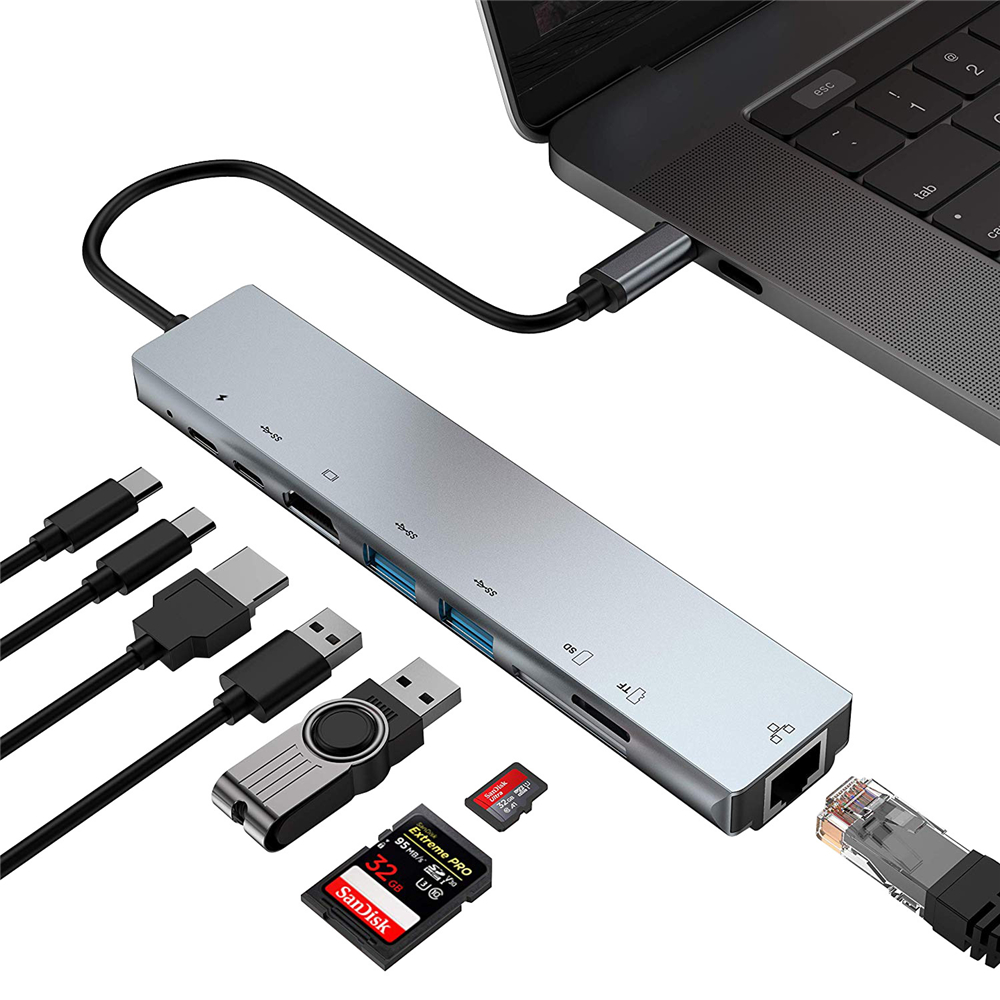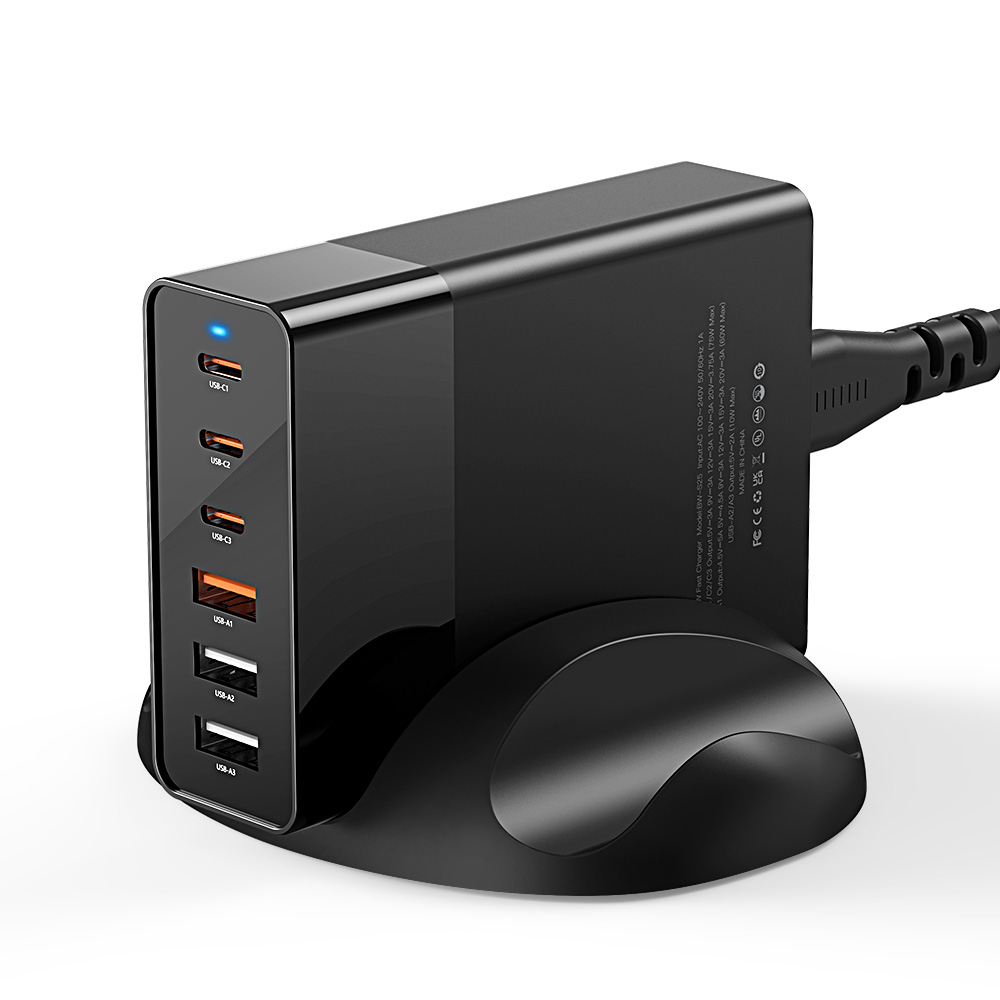 I previously tried my first health watch since a long while with a model dedicated to the SpO2 monitoring with mitigated conclusions.
I previously tried my first health watch since a long while with a model dedicated to the SpO2 monitoring with mitigated conclusions.This time I took a closer look to some blood pressure wrist bands and compared them with a proven upper arm cuff.
Blood pressure watches are legion. Some of them combine PPG measurement with LED to ECG measured with electrodes. I tried 2 of them, identified as E07 and G20.
Both devices are based on the Nordic 52832 chipset which uses the WearHeart app (interchangeable with other similar apps published by He Ming).
Also, both watches use the same set of sensors: TI ADS 129X ECG chip, HRS3300 photoelectric chips.
Except for some details in their design, both watches are technically identical and the only reason I have both is that the G20, my initial choice, came with a faulty ECG sensor, which means only the LED measurement worked.
The (Xanes) G20 has a monochrome but easy to read display, a very convenient integrated USB charging port. (around 35€/40$ on eBay, Gearbest, Banggood)
  |
 The E07 (found under DMDG/Xanes brands around 40€/45$ on eBay, Gearbest, Banggood) has a colorful display but not the brightest screen, and uses that too common, fiddly charging clamp cable.
The E07 (found under DMDG/Xanes brands around 40€/45$ on eBay, Gearbest, Banggood) has a colorful display but not the brightest screen, and uses that too common, fiddly charging clamp cable.
Wearheart (a.k.a WearHealth, GoHeart, HeroBandII, FitLive, ...)
 The Wearheart app is straightforward to use and easy to pair with the watch.
The Wearheart app is straightforward to use and easy to pair with the watch.In most apps, the creation of a user account is optional but not here, you must have one.
However, the cloud storage has some advantages: reports can be shared with other owners, useful if you have an elderly relative under your care for instance.
It also allows you to replace the watch without loosing your your data.

The hourly heart rate monitoring is a great feature, but why is there no automatic monitoring for the blood pressure?
Possibly because it would not be reliable: The BP reading is only accurate if performed while the wrist is at heart level, and your arm is unlikely to be in the right position when an automatic measurement occurs.
All the classics are there: sleep monitor, activity tracker, and a bunch of different reminders.
Regrettably, there no sync possible with 3rd party apps like Google Fit.
One of the coolest feature is the ECG screen: by keeping a finger on the top electrode, the watch will use all the sensors available to deliver a real-time electrocardiogram.
For best results, the watch should be first calibrated by entering the values from a "real" blood pressure monitor before doing the initial reading.
 Comparing with the Omron Evolv (FDA-approved upper arm cuff)
Comparing with the Omron Evolv (FDA-approved upper arm cuff)
Blood pressure can differ slightly from each arm (or more in case of a vascular problems).
For this test, I wore both devices on the same arm but not at the same time, as I believe the pressure applied on the upper arm would have affected the reading at the wrist.
The comparison below was taken several days after that initial calibration (so its not just a copy of values from the device of reference) and the result given by the E07 is very close to Omron Evolv.
In my opinion, after several comparisons, it's good enough to detect potential health issues on a daily basis, but I'd still consider my cuff monitor as the reference and use it about twice a week.
 Conclusion
Conclusion
Surprisingly, these watches are actually capable of giving a correct reading of the blood pressure.In terms of accuracy, they sit between those cheap wrist cuffs, and the more professional arm cuffs.
However, in absence of any official certification, they are not to be considered as medical grade devices.
The PPG (LED-on-skin method) alone seems sufficient for a correct monitoring of HR and BP, at least for watches with the combination of Nordic 52832 chipset and HRS3300 photoelectric chip (read my example of watch to avoid below), but taking a real time, on-screen ECG reading is really fun!
G20
Around 35€/40$ on eBay, Gearbest, Banggood
Notes:
Good accuracy compare to FDA approved equipment (Omron Evolv)
Direct USB charging
Clear display
Slightly better battery life than E07

E07
Around 40€/45$ on eBay, Gearbest, Banggood
Notes:
Good accuracy compare to FDA approved equipment (Omron Evolv)
No direct USB charging, needs its specific USB clamp cable.
Colorful display but a bit dark
Max 6 days of battery life

Example of a bad watch: G26s (Bakeey / Ywy)
Main processor: DA14585, Sensor chip: HRS3300, App: JYouPro
The presence of the HRS3300 alone is not a guarantee that the reading will be processed correctly.
The G26s does almost everything wrong: dodgy connectivity, blood pressure completely wrong , as shown below. Even the heart rate did not always come close.
Too bad, it's a nice looking watch and the app syncs with Google Fit.
Jargon-buster:
(US)FDA: Food and Drug Administration
PWTT: Pulse Wave Transit Time.
PPG: Photoplethysmogram uses LED on the skin.
ECG: Electrocardiography uses electrodes.
HRV: Heart Rate Variability, variation in the time interval between heartbeats.
OSA(HS): Obstructive Sleep Apnea (Hypopnea Syndrome)
Hypoxia: Deficiency in the amount of oxygen reaching the tissues.
Sleep Apnea: Sleep disorder characterized by pauses in breathing or periods of shallow breathing
Hypopnea: Overly shallow breathing or an abnormally low respiratory rate.
SpO2: Peripheral Capillary Oxygen Saturation.
CPAP: Continuous Positive Airway Pressure device
Jargon-buster:
(US)FDA: Food and Drug Administration
PWTT: Pulse Wave Transit Time.
PPG: Photoplethysmogram uses LED on the skin.
ECG: Electrocardiography uses electrodes.
HRV: Heart Rate Variability, variation in the time interval between heartbeats.
OSA(HS): Obstructive Sleep Apnea (Hypopnea Syndrome)
Hypoxia: Deficiency in the amount of oxygen reaching the tissues.
Sleep Apnea: Sleep disorder characterized by pauses in breathing or periods of shallow breathing
Hypopnea: Overly shallow breathing or an abnormally low respiratory rate.
SpO2: Peripheral Capillary Oxygen Saturation.
PWTT: Pulse Wave Transit Time.
PPG: Photoplethysmogram uses LED on the skin.
ECG: Electrocardiography uses electrodes.
HRV: Heart Rate Variability, variation in the time interval between heartbeats.
OSA(HS): Obstructive Sleep Apnea (Hypopnea Syndrome)
Hypoxia: Deficiency in the amount of oxygen reaching the tissues.
Sleep Apnea: Sleep disorder characterized by pauses in breathing or periods of shallow breathing
Hypopnea: Overly shallow breathing or an abnormally low respiratory rate.
SpO2: Peripheral Capillary Oxygen Saturation.
CPAP: Continuous Positive Airway Pressure device












Well compiled !, Thanks
ReplyDelete